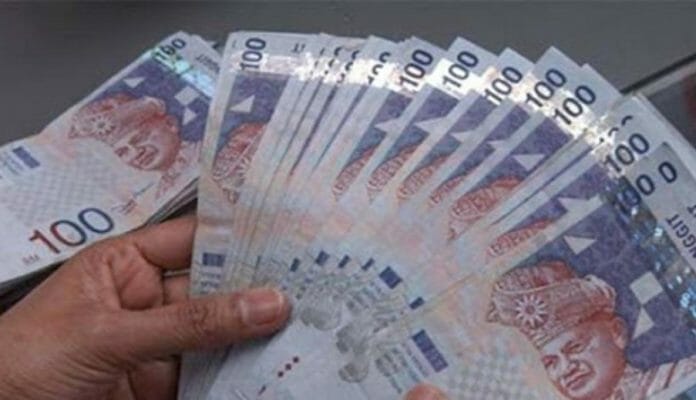Last week, the Malaysian ringgit fell to its lowest level since the Asian Financial Crisis as the currency was weighed down by the nation’s widening rate differential with the US.
The currency dropped as much as 0.5% to 4.7703 per dollar, the weakest since 1998. It was the worst performer in Asia this year after the yen. The situation is now not improving in a sensible way.
According to the Center for Market Education (CME), it is important to clearly identify the causes behind such a weakness before deciding the appropriate course of action from a policy perspective.
“I do believe that the Malaysian currency is under stress mostly because of external factors”, explained Dr Carmelo Ferlito, CEO of CME; “this does not mean, however, that domestic factors are at play too and at this level an action plan can be deployed”, he added.
CME identifies the following external factors and the main reasons behind the weakness of the ringgit:
- A strong US dollar due to the resilience of the US economy and the pivotal role of the USD in a climate of world uncertainty. The greenback remains the preferred reserve currency in delicate moments like the present one and, despite all the recurrent discussions about de-dollarization, a credible alternative has yet to emerge.
- The FED’s rate policy and the increased spread between United States and Malaysia.
- Weak China performances: although Bank Negara labels these performances as “weaker-than-expected”, CME believe that they had to be expected at the light of the long suicidal lockdown policy. The strong link of Malaysia with China is now weighing negatively on Malaysia. The effect is stronger on Malaysia due to the small domestic market.
- General climate of geopolitical uncertainty which involves not only China but also, and in particular, the Middle East, with the subsequent uncertainty on key commodities such as oil and gas, which are very important for the Malaysian economy.
Domestically, instead, CME believes that the most important factor is the abundance of conflicting messages from the policy perspective. We get commitment to fiscal discipline and yet the biggest budget ever. Price controls were removed only recently despite statements in favour of a pro-investment eco-system. Ekonomi Madani seems to be open to the market economy, while the 12th Malaysia plan mid-term revision hinted at a heavier role for the government.
The scenario described so far makes it difficult to identify a policy plan: monetary policy is unlikely to have any sensible effect while at the same time the Malaysian government cannot solve global economic conflicts.
Where, instead, the action of the Malaysian government can support the local currency is by improving the policy framework and the strategy on international trade. The Center for Market Education recommends the following course of action:
- Speeding up on the idea of more bilateral free trade agreements as envisaged by the Ekonomi Madani framework: Malaysia desperately needs to move beyond China from an international trade perspective, building stronger relations within ASEAN as a starting point.
- Speeding up on the re-building of the manufacturing base as hinted by the NIMP2030, so that Malaysia can diversify its export policy not only geographically but also in terms of higher value-added locally made products.
- Improve the consistency of the policy strategy, committing the country to attract foreign investments and to build the right ecosystem for nurturing domestic entrepreneurship and favour industrial concentration in order to spur technical progress.









